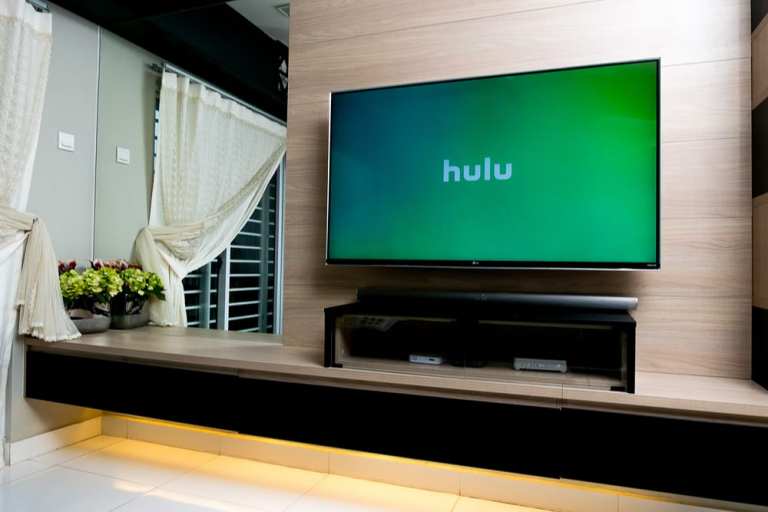
In the space of about 18 months, it seems that everyone is trying to rule the subscription streaming world.
There are the incumbent players — the big, original three of streaming that are Hulu, Netflix and Amazon. In late 2019, they were joined by Disney+ and Apple TV+ — and by the end of this year, both HBO Max and Peacock (NBC Universal’s streaming service slated for later in 2020) will be added to the roster.
Some consumers will subscribe to everything, but others will likely start getting a bit more selective and swearing allegiance to a few. So, how will these services stay competitive in an increasingly crowded field?
PYMNTS took up the topic with Hulu’s Vice President of Software Development Rafael Soltanovich, who noted that as a matter of philosophy, Hulu’s view on how to not just attract their customers, but keep them over the long term, hasn’t changed. It is all about maximizing choice and minimizing friction.
“The first thing we do is make sure the customer can interact with the content in a way that removes friction and keeps them in control so that they can easily stay with Hulu and be matched with the right product every time,” he said.
But how Hulu has pursued that philosophy, Soltanovich told PYMNTS, has changed, expanded and technologically upgraded quite significantly over time. Enshrining customer choices isn’t just about what the consumer can access in terms of content to stream, but about every single interaction the Hulu ecosystem has with them on their way to and from using the service.
Tapping Into the True Power of Choice
There are a lot of ways to watch Hulu, Soltanovich said, and that is by design — a thing that rather differentiates it from its various competitors who largely offer a collection of video streaming services at a single take-it-or-leave-it price point. Hulu has a lot of options. There are basic memberships with ads, there are ad-free memberships, there are memberships that include live TV packages perhaps part of bundles with Disney+ or ESPN, or offered as part of a Spotify membership.
And wherever a consumer might want to watch Hulu — phone, web, Fire TV, Apple TV, Roku, smart device — fine by the company.
“The key principle we have is it doesn’t matter how you came into our world, or what path was the one you followed, you should have full access to the breadth and depth of what we are providing at whatever level you actually want it,” he said.
That means Hulu makes it easy for customers to change those subscriptions “up, down and sideways” with a click or tap, not via a laborious phone call, he said. Fighting churn isn’t about creating friction-filled hurdles to hold customers hostage; it’s about giving them a reason to stay by making it easy for them to have what they want as a service package when they want it.
And, he said, be able to pay for it the way they want. It’s why Hulu has been on the early adopting edge when it comes to support for mobile wallets within the platform — because what the company most clearly heard is consumers want an easy way to click through, pay, know the transaction is secure and that the transaction is going to work quietly without them ever having to interact with it.
Moreover, he noted, it’s good for Hulu, which sees transactions that are both more secure and more consistent when they come via mobile wallets — not to mention more consistent over time.
“Mobile wallets also tend to mitigate the two biggest reasons we see involuntary churn: wrong payment method or insufficient funds,” Soltanovich told PYMNTS.
Developing the Backend and Beyond
All the choice the customer experiences on the front end, Soltanovich said, is the outcome of complicated interactions on the backend that are wholly invisible to the consumer if everything goes correctly.
And for the last two-and-half-years, he noted, since the firm’s migrations to AWS, Hulu has been doubling and redoubling down on a backend expansion and upgrade to match its expanding offerings and ambitions. It started as an upgrade meant to bolster the firm against the switch to offering live television services — and the shift in use patterns they anticipated and saw. Live programming, unlike classical streaming, has bursts of activity around certain events, which requires systems ready to suddenly go into overdrive.
“What we have learned is that subscription sign-ups and payments are just as prone to sudden spikes,” he said. “We saw that, for example, on Black Friday.”
And the needs to build out more to accommodate more types of use patterns, he said, is necessary because as the streaming market gets more competitive and more crowded, he suspects services are going to get more interesting and complex in terms of their offerings. A year from today, he said, he imagines that we will be talking about all the new ways to flexibly configure subscription streaming services, which will be customizable in ways hard to fully envision right now.
“The industry is in exciting times, and I think the future is going to be in being able to really slice and dice exactly what you want the way you want it,” he said. “I think that is where this is all going, and that is what we are building toward.”